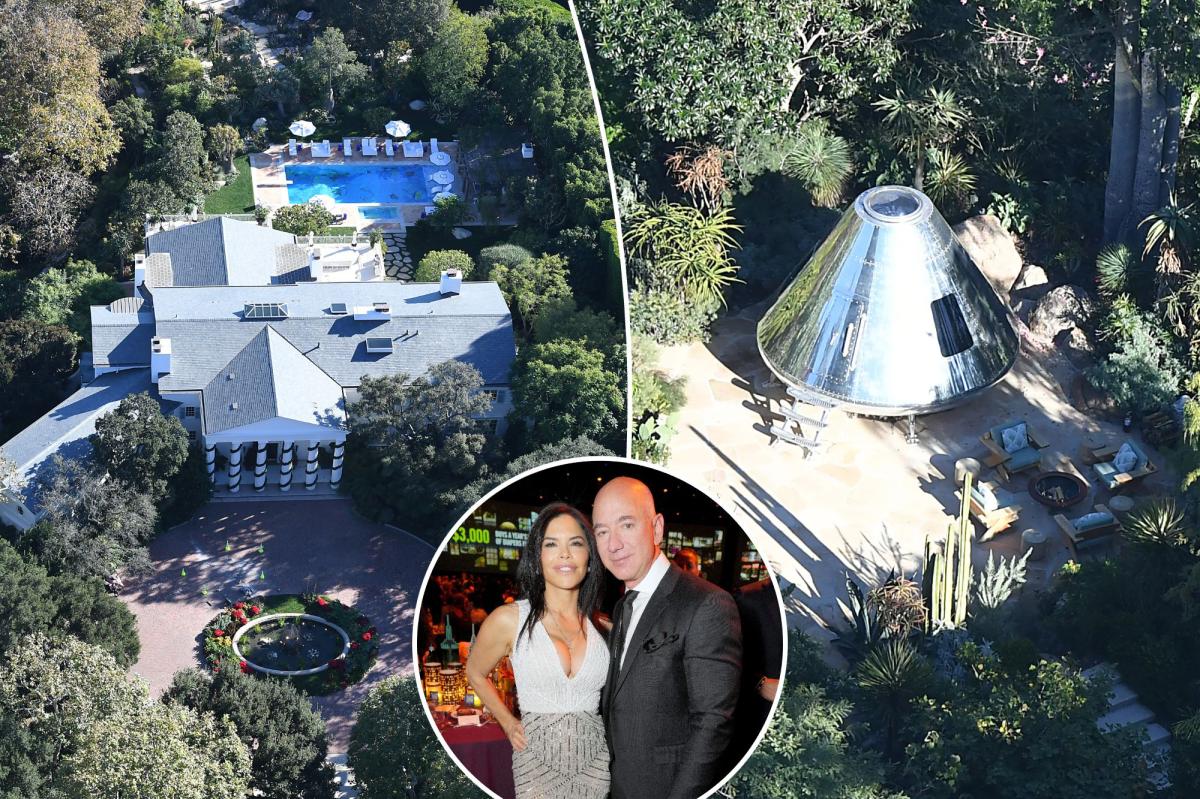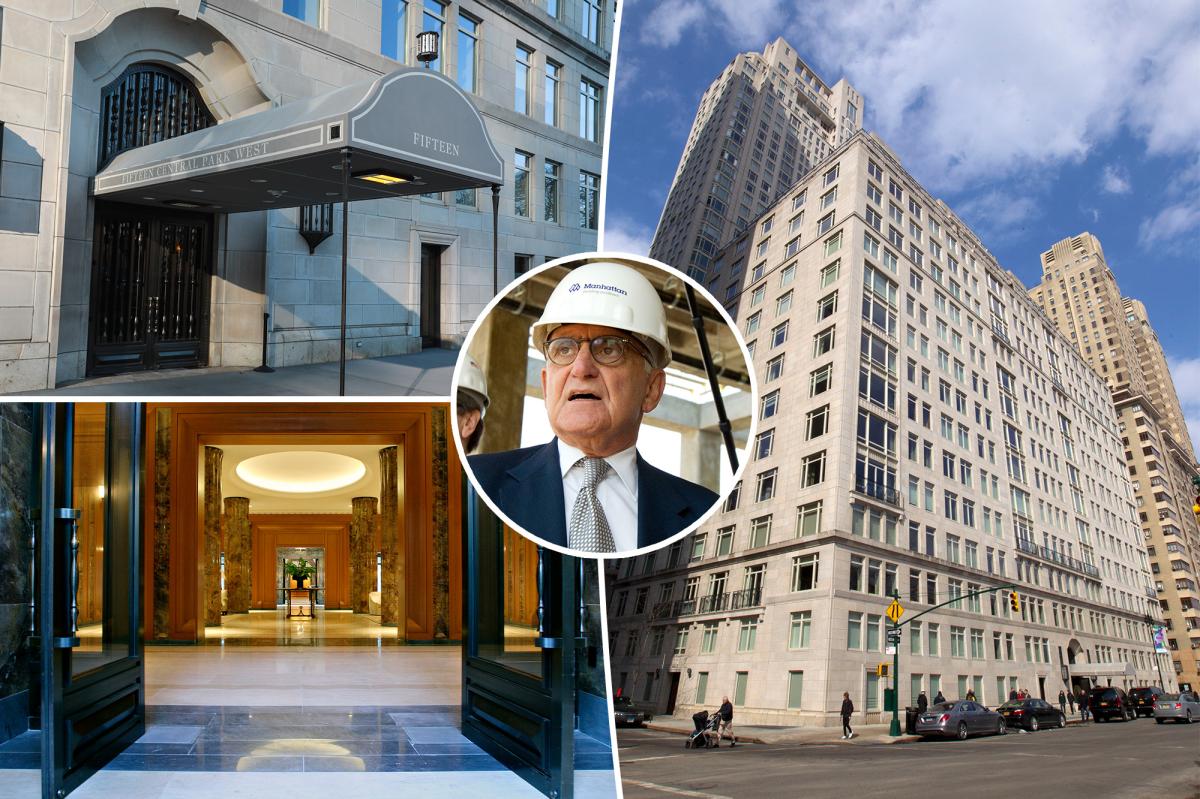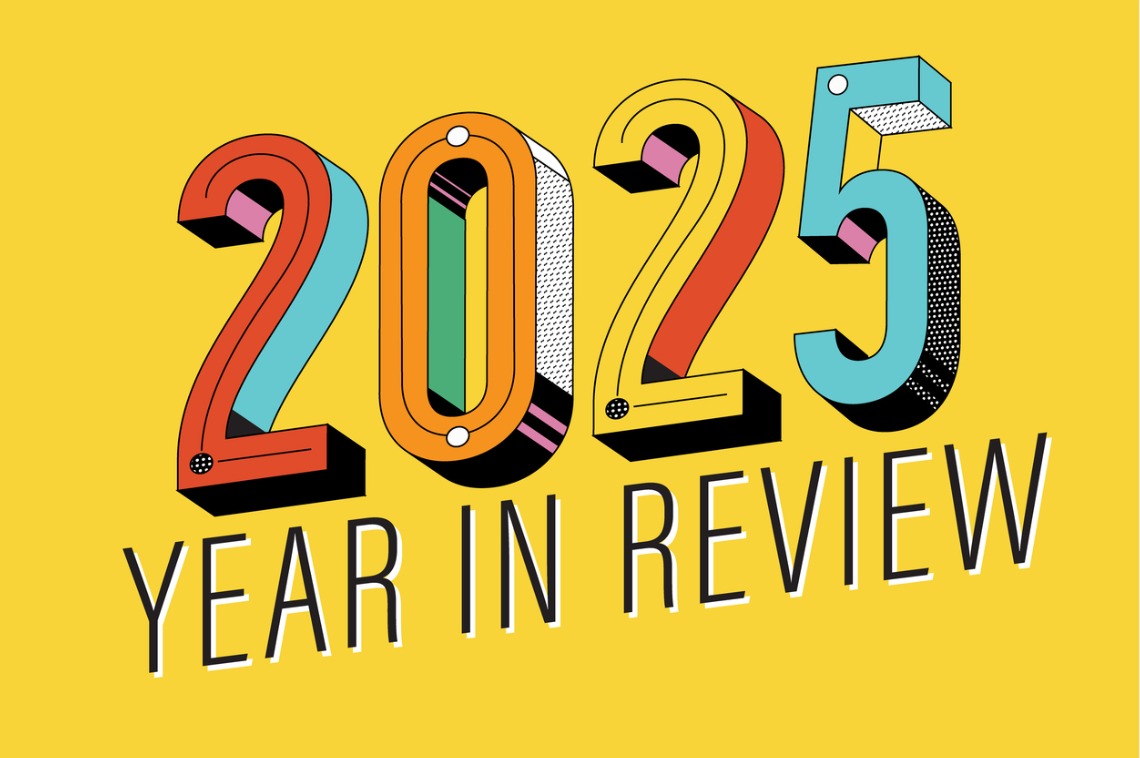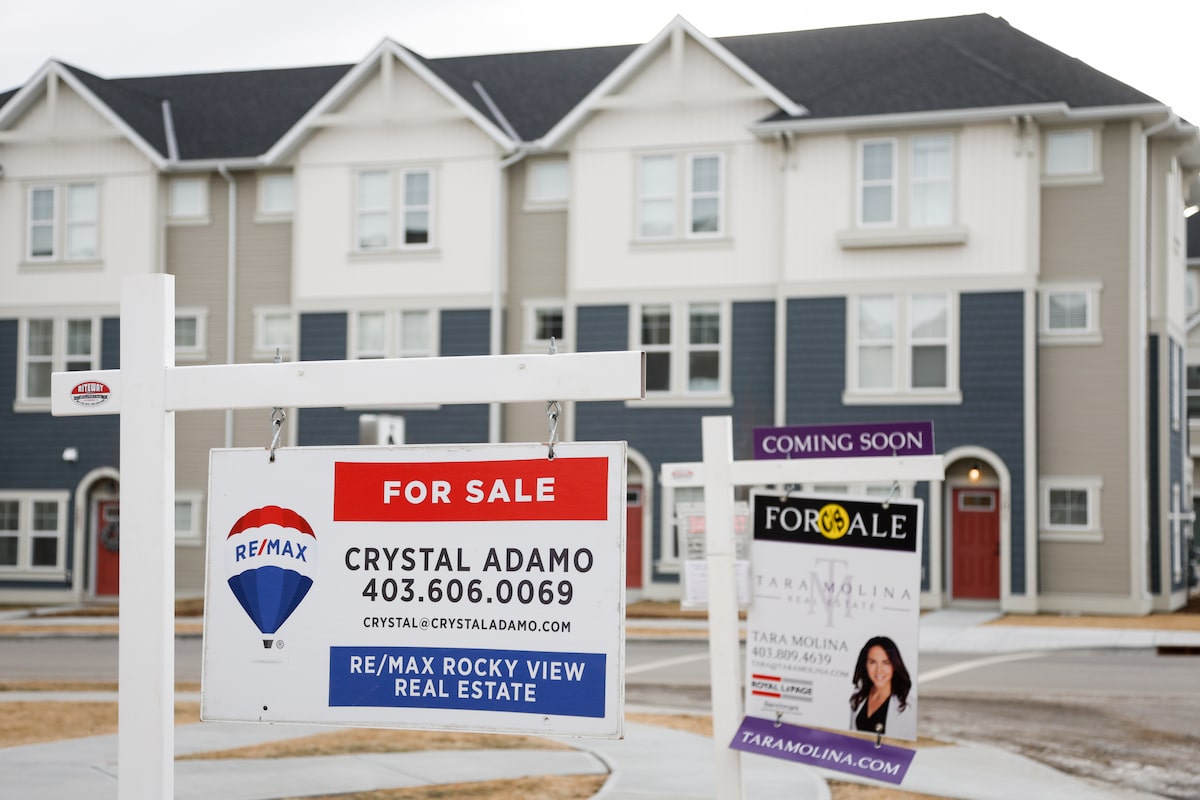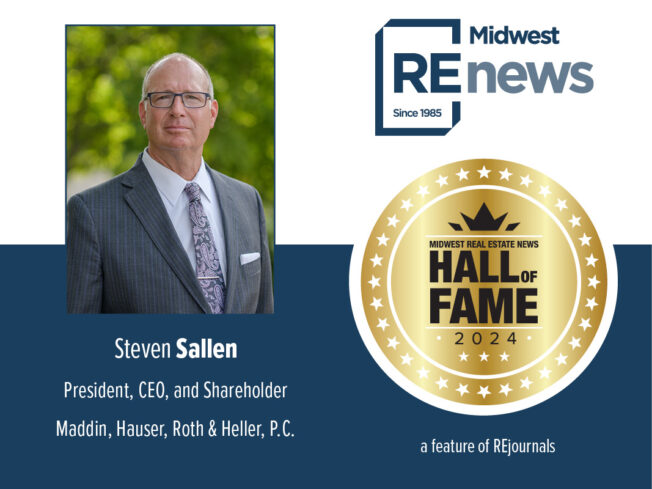T
he surge in new apartment construction—many of the latest buildings boasting extensive amenities—has shifted the rental market across the United States. In cities where supply has expanded dramatically, rents have either stabilized or slipped, a trend that is reshaping the debate between “old money” and “new money” in housing.
Luxury apartments are no longer the exclusive domain of historic pre‑war buildings. The recent boom in construction has made high‑end living more attainable, especially for younger renters who value convenience and community features. Modern complexes now offer fitness studios, spas, rooftop lounges, and curated social events—amenities that were once the preserve of elite neighborhoods. In New York City, for instance, newer luxury units often come with a full suite of services that older buildings simply cannot match, yet they command rents that are sometimes lower than their historic counterparts.
The United States is emerging from a record‑setting construction period. In 2024, developers completed 518,000 new apartments, a 9 % rise over 2023 and a 30 % jump since 2022. The pipeline for 2025 is projected at roughly 506,000 units, but the pace of new builds is expected to slow in the coming years. This rapid expansion has increased the proportion of rental inventory that is newly built, especially in New York, where developers are competing fiercely on amenities to attract tenants. The “amenity war” has become a key differentiator, allowing landlords to justify higher rents even as land and construction costs climb.
Despite the influx of new units, the most affordable rentals in New York are now found in the newest and oldest buildings. Units constructed between 1946 and 2009 tend to have higher net effective rents—after accounting for concessions—than the newest developments. The supply of older housing is fixed, and many of these properties occupy historic blocks or neighborhoods with superior schools, parks, and cultural amenities. Consequently, their relative value has risen as newer buildings are often situated in less central, lower‑land‑value areas.
The rental market in Manhattan remains tight. High mortgage rates keep many prospective buyers in the rental pool, and the city’s long‑standing undersupply of apartments has led to a decline in inventory for 16 consecutive months as of March 2024. Pre‑war buildings, with their storied architecture and prestige, continue to see strong rent increases, underscoring the persistent demand for historic luxury.
Austin, Texas, offers a contrasting example. During the pandemic, developers rushed to meet the surge in demand, adding thousands of units. The result was a 20 % drop in rents from their peak, illustrating how overbuilding can depress prices. Jonathan Miller of Miller Samuel notes that many midsize cities have experienced similar overcapacity, leading to a general trend of rent decline in markets saturated with new supply.
The popularity of modern luxury apartments, especially among millennials and Gen Z, can be traced back to the pandemic. The shift toward remote work and a desire for “home‑like” amenities—such as on‑site gyms, coworking spaces, and social hubs—has made these buildings attractive. Many renters who left New York during the pandemic realized that the lack of convenient, on‑site services diminished their quality of life. Post‑pandemic, the demand for all‑in‑one living environments has surged, driving developers to incorporate more features into new builds.
In summary, the dramatic increase in new apartment construction—particularly those with extensive amenities—has altered the rental landscape. While newer luxury units offer convenience and modern comforts, older historic buildings retain a premium due to their prestige and location. The interplay of supply, demand, and amenity offerings continues to shape rent dynamics across the country, with cities like New York and Austin exemplifying the broader trends.



